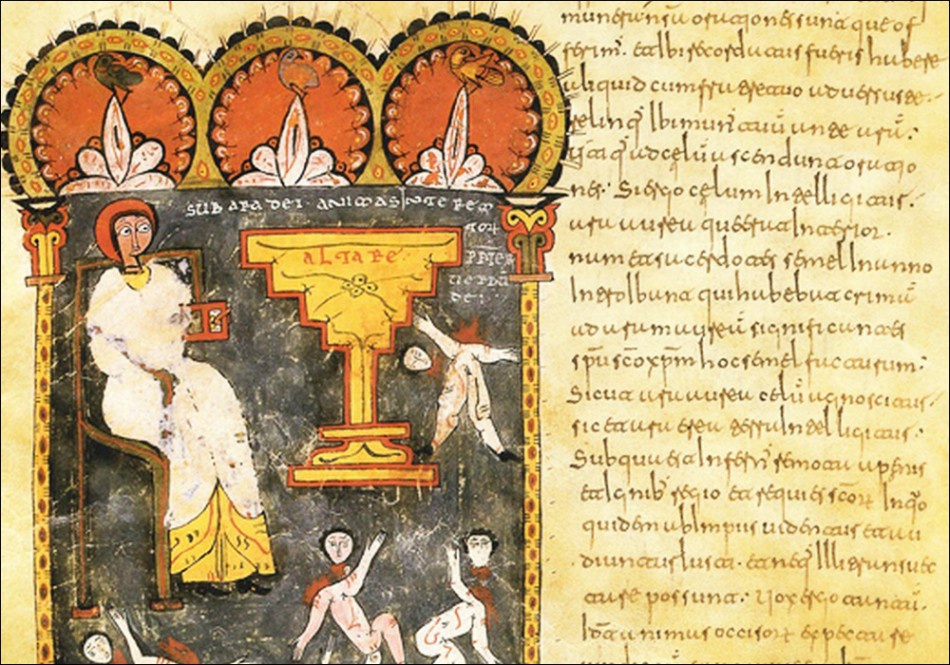
IJMES, used by International Journal of Middle East Studies, very similar to ALA-LC.This romanization is close to the romanization of the Deutsche Morgenländische Gesellschaft and Hans Wehr, which is used internationally in scientific publications by Arabists. ALA-LC (first published 1991), from the American Library Association and the Library of Congress.ADEGN romanization (2007) is different from UNGEGN in two ways: (1) ظ is d͟h instead of z̧ (2) the cedilla is replaced by a sub-macron (_) in all the characters with the cedilla.IGN System 1973 or "Variant B of the Amended Beirut System", that conforms to the French orthography and is preferred to the Variant A in French-speaking countries as in Maghreb and Lebanon.United Nations Group of Experts on Geographical Names, or "Variant A of the Amended Beirut System". Highly influential, but incomplete (stops at Kaf) įurther information: Digraph (orthography) and Diacritic Edward William Lane, Arabic–English Lexicon, 8 vols, London-Edinburgh 1863–1893.Georg Freytag, Lexicon Arabico-Latinum, praesertim ex Djeuharii Firuzubadiique et aliorum libris confectum I–IV, Halle 1830–1837.

The dominant Arabic dictionary in Europe for almost two centuries.

Jacobus Golius, Lexicon Arabico-Latinum, Leiden 1653.The first printed dictionary of the Arabic language in Arabic characters. Franciscus Raphelengius, Lexicon Arabicum, Leiden 1613.Arabic lemmas were printed in Hebrew characters. Valentin Schindler, Lexicon Pentaglotton: Hebraicum, Chaldicum, Syriacum, Talmudico-Rabbinicum, et Arabicum, 1612.A Spanish-Arabic glossary in transcription only. Romanization standards and systems Įarly Romanization of the Arabic language was standardized in the various bilingual Arabic-European dictionaries of the 17–19th centuries: As an example, the above rendering munāẓaratu l-ḥurūfi l-ʻarabīyah of the Arabic: مناظرة الحروف العربية is a transcription, indicating the pronunciation an example transliteration would be mnaẓrḧ alḥrwf alʻrbyḧ. Transliteration is the direct representation of foreign letters using Latin symbols, while most systems for romanizing Arabic are actually transcription systems, which represent the sound of the language, since short vowels and geminate consonants, for example, does not usually appear in Arabic writing. Romanization is often termed "transliteration", but this is not technically correct.

Examples of such problems are the symbols for Arabic phonemes that do not exist in English or other European languages the means of representing the Arabic definite article, which is always spelled the same way in written Arabic but has numerous pronunciations in the spoken language depending on context and the representation of short vowels (usually i u or e o, accounting for variations such as Muslim/Moslem or Mohammed/Muhammad/Mohamed). These formal systems, which often make use of diacritics and non-standard Latin characters and are used in academic settings or for the benefit of non-speakers, contrast with informal means of written communication used by speakers such as the Latin-based Arabic chat alphabet.ĭifferent systems and strategies have been developed to address the inherent problems of rendering various Arabic varieties in the Latin script. Romanized Arabic is used for various purposes, among them transcription of names and titles, cataloging Arabic language works, language education when used instead of or alongside the Arabic script, and representation of the language in scientific publications by linguists. The romanization of Arabic is the systematic rendering of written and spoken Arabic in the Latin script.


 0 kommentar(er)
0 kommentar(er)
